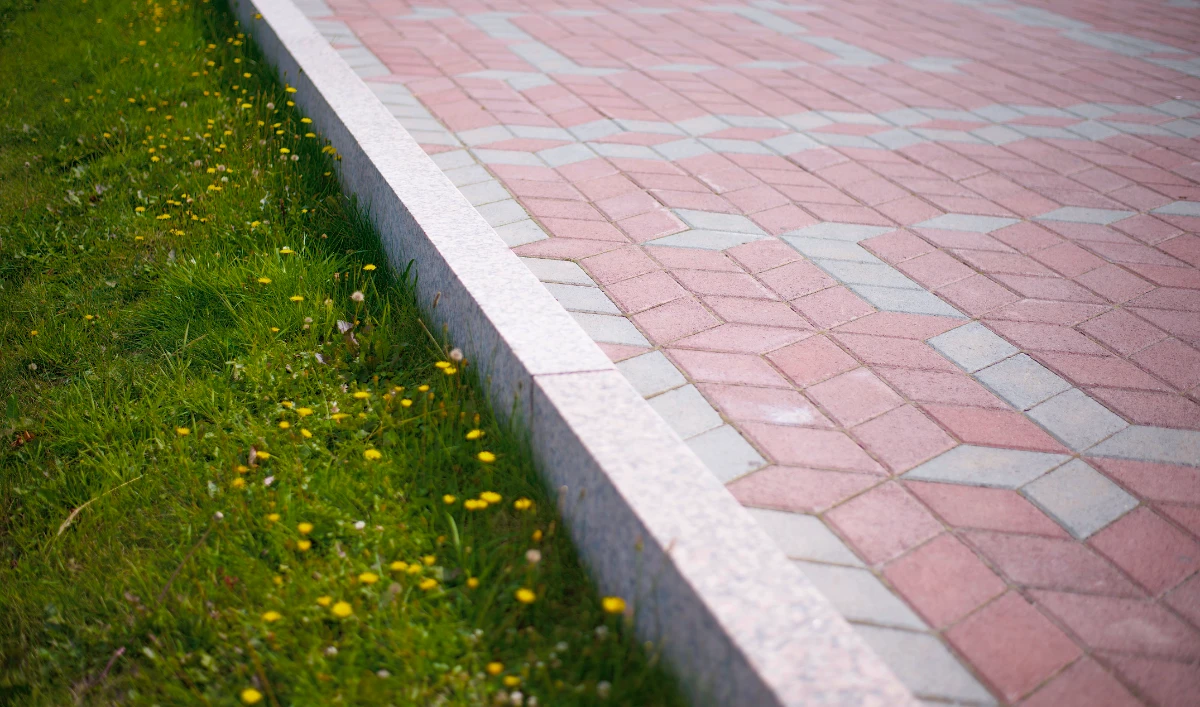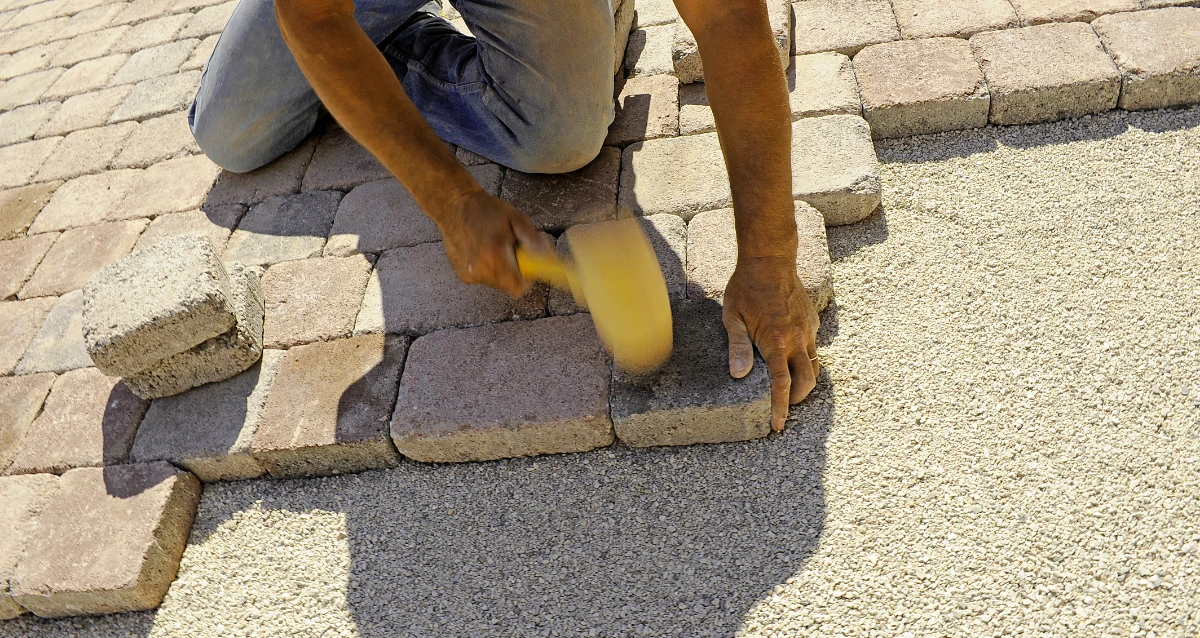Landscape pavers are a versatile and durable solution for enhancing outdoor spaces. From patios and driveways to garden paths, pavers offer aesthetic appeal and functionality. This guide explores the benefits of landscape pavers, types available, installation tips, and maintenance practices to ensure long-lasting beauty and durability.

Benefits of Landscape Pavers
Landscape pavers provide numerous advantages over other materials. Their durability makes them ideal for high-traffic areas. Pavers are resistant to cracking and shifting, ensuring a stable and reliable surface. They come in various shapes, sizes, and colors, allowing for creative and customized designs. Additionally, pavers are easy to replace individually if damaged, saving on repair costs.
Pavers also offer excellent drainage. The spaces between them allow water to seep through, reducing runoff and preventing erosion. This feature makes them environmentally friendly and suitable for areas prone to heavy rainfall.
Types of Landscape Pavers
Several types of landscape pavers are available, each with unique features and benefits:
- Concrete Pavers: Known for their strength and versatility, concrete pavers come in many shapes, colors, and textures. They are ideal for driveways, patios, and walkways.
- Brick Pavers: These pavers provide a classic, timeless look. They are durable, colorfast, and require minimal maintenance. Brick pavers are perfect for creating traditional and elegant outdoor spaces.
- Stone Pavers: Natural stone pavers, such as granite, limestone, and slate, offer a high-end, luxurious appearance. They are incredibly durable and can withstand extreme weather conditions.
- Permeable Pavers: Designed to allow water to pass through, permeable pavers help manage stormwater runoff. They are an excellent choice for eco-friendly landscaping projects.

Installation Tips
Proper installation is crucial for the longevity and performance of landscape pavers. Follow these tips for a successful installation:
- Planning and Design: Start by planning the layout and design of your paver project. Consider the function, aesthetics, and flow of the area. Use a design tool or consult a professional for complex projects.
- Base Preparation: Excavate the area to the required depth, typically 6-8 inches for patios and walkways and 10-12 inches for driveways. Compact the soil and add a layer of crushed stone or gravel, followed by a layer of sand. Ensure the base is level and well-compacted.
- Laying Pavers: Start laying pavers from one corner, working your way out. Use spacers to maintain consistent gaps between pavers. Check the level frequently and make adjustments as needed.
- Edging: Install edge restraints to keep the pavers in place. Edging helps maintain the shape and prevents shifting over time.
- Finishing Touches: Once all pavers are laid, spread sand over the surface and sweep it into the gaps. Use a plate compactor to settle the sand and pavers. Add more sand and repeat the process until all gaps are filled.
Maintenance Practices
Regular maintenance keeps landscape pavers looking their best and extends their lifespan. Here are some essential maintenance practices:
- Cleaning: Sweep pavers regularly to remove dirt and debris. For deeper cleaning, use a pressure washer or a mixture of water and mild detergent. Avoid harsh chemicals that can damage the pavers.
- Sealing: Seal pavers every few years to protect against stains, weeds, and fading. Sealing enhances the color and prevents water penetration.
- Weed Control: Apply a weed barrier or use polymeric sand in the gaps to prevent weed growth. Regularly inspect and remove any weeds that appear.
- Repairing: Replace damaged or loose pavers promptly to prevent further issues. Lift the affected paver, adjust the base, and reset it securely.
Enhancing Your Outdoor Space
Landscape pavers can significantly enhance the aesthetics and functionality of your outdoor space. Consider these ideas to make the most of your paver project:
- Create a Patio: A paver patio provides a perfect spot for outdoor dining, relaxation, and entertainment. Add comfortable furniture, lighting, and plants to create an inviting atmosphere.
- Design a Walkway: Paver walkways guide visitors through your garden or yard, adding structure and charm. Use different paver patterns and colors to highlight specific areas.
- Build a Driveway: A paver driveway enhances curb appeal and provides a durable, attractive entrance to your home. Choose pavers that complement your house’s exterior for a cohesive look.
- Add Accents: Incorporate paver borders, steps, and retaining walls to add dimension and interest to your landscape. These elements can tie different areas together and create a cohesive design.
Landscape pavers are a durable and versatile solution for various outdoor projects. By choosing the right type of paver, following proper installation techniques, and maintaining your pavers regularly, you can enjoy a beautiful and functional outdoor space for years to come. Whether you’re designing a patio, walkway, or driveway, landscape pavers offer endless possibilities to enhance your home and garden.
Frequently Asked Questions
How long do landscape pavers last?
Landscape pavers can last decades with proper installation and maintenance. Concrete and stone pavers, in particular, are known for their longevity and durability.
Can I install pavers myself, or should I hire a professional?
While DIY installation is possible for smaller projects, hiring a professional is recommended for larger or more complex installations. Professionals ensure proper base preparation, leveling, and paver placement for a long-lasting result.
How do I prevent weeds between pavers?
To prevent weeds, use polymeric sand or a weed barrier between pavers. Regularly inspect the gaps and remove any weeds that appear. Sealing pavers can also help reduce weed growth.